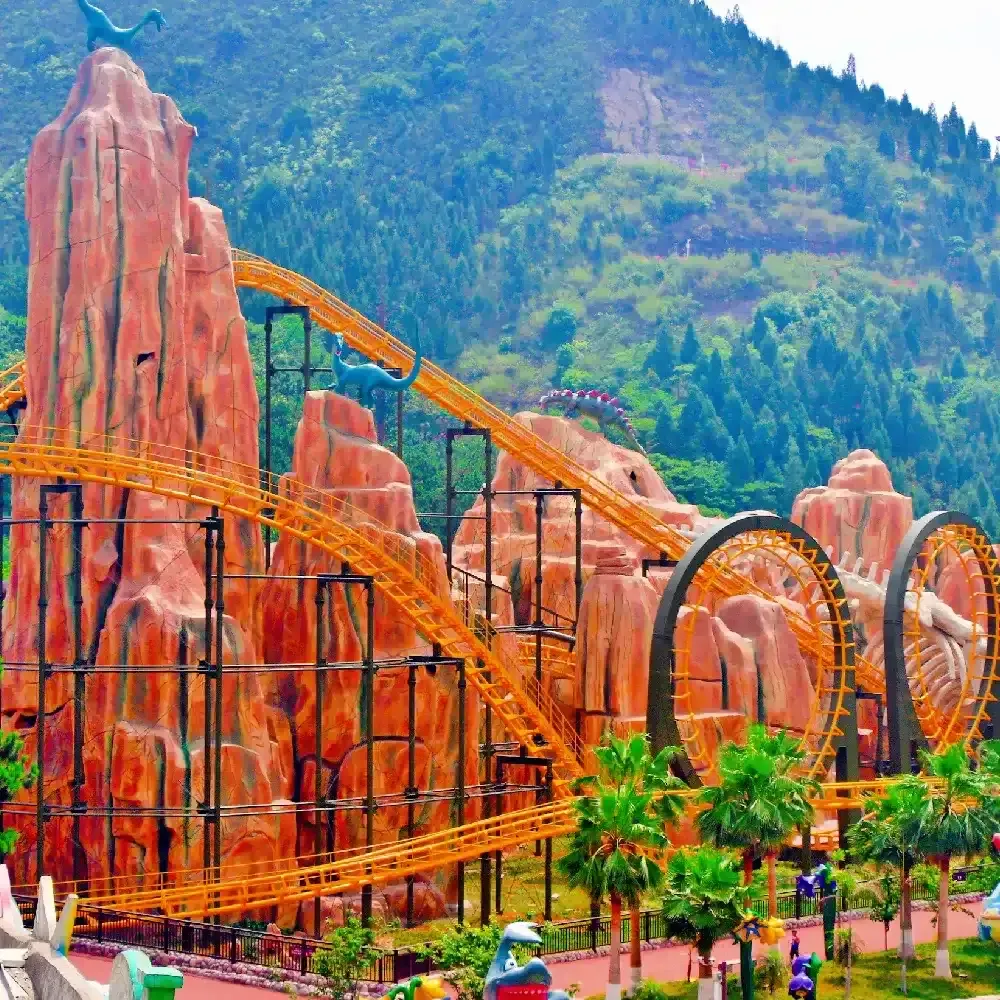- Albanian
- Arabic
- Belarusian
- Bengali
- Czech
- English
- French
- German
- Hebrew
- Hungarian
- Indonesian
- irish
- Italian
- Japanese
- kazakh
- Persian
- Russian
- Thai
- Uzbek
- Vietnamese
roller coaster cart design
Designing a Roller Coaster Cart Key Considerations and Innovations
Roller coasters have been a staple of amusement parks for decades, evoking thrill and excitement in riders. A crucial element of a roller coaster’s performance, safety, and overall ride experience lies in the design of its carts, also known as trains. The design of roller coaster carts encompasses several considerations, including safety, comfort, aerodynamics, and aesthetics. This article explores these key aspects and highlights recent innovations in roller coaster cart design.
Safety First A Non-Negotiable Priority
One of the paramount concerns in roller coaster cart design is ensuring the safety of riders. Engineers must adhere to strict safety regulations and conduct extensive testing to identify potential risks. Key safety features include secure restraints, which can vary from lap bars to over-the-shoulder harnesses, depending on the intensity of the ride. The choice of materials also plays a crucial role; carts are typically made from high-strength steel or lightweight aluminum, balancing durability with weight considerations.
Additionally, the design must facilitate smooth and controlled operation. The cart’s coupling mechanism, which connects multiple carts in a train, must be robust yet allow for flexibility during the ride. Safety checks and emergency protocols must be integrated into the design, ensuring that operators are equipped to handle any unforeseen circumstances.
Comfort Matters Enhancing the Ride Experience
While the thrill of speed and drops is essential, rider comfort is also a significant factor in cart design. Modern roller coasters are increasingly designed with ergonomics in mind, focusing on how to accommodate a wide range of body types. Padded seating, proper legroom, and adequate back support are essential components that ensure riders can enjoy the excitement without discomfort.
Moreover, reducing vibrations and jolts during the ride experience is crucial. Advanced suspension systems are often implemented to absorb shocks, providing a smoother ride, especially in coasters with sharp turns or abrupt drops. Noise reduction is another consideration; a well-designed cart minimizes sounds from rattling or clanging, which can detract from the overall experience.
Aerodynamics Speed and Efficiency
As roller coasters continue to push the limits of speed and complexity, the importance of aerodynamics in cart design cannot be overstated. Engineers use computer simulations and wind tunnel testing to refine the shape of the cart, minimizing drag and enhancing speed. A streamlined design allows for quicker acceleration and more exhilarating experiences, enabling coasters to achieve incredible heights and speeds without sacrificing safety.
roller coaster cart design

Innovative designs can also leverage aerodynamics to enhance the ride experience. For instance, some coasters employ “inverted” carts, where riders are suspended beneath the track. This design not only provides a unique sensation but also reduces wind resistance, allowing for higher speeds and smoother rides.
Aesthetics Engaging Visual Appeal
While safety and comfort are vital, the visual appeal of roller coaster carts cannot be overlooked. The aesthetics of the cart can significantly influence a rider’s decision to board. Bright colors, imaginative themes, and innovative designs create an inviting and exhilarating atmosphere, enhancing the overall attraction of the roller coaster.
Theme parks often collaborate with artists and designers to create visually stunning carts that complement the surrounding environment. Whether it’s a pirate-themed roller coaster with carts resembling pirate ships or a futuristic ride with sleek, metallic finishes, aesthetics play a crucial role in branding and marketing.
Innovation and the Future of Roller Coaster Cart Design
As technology advances, the future of roller coaster cart design is poised for exciting innovations. Current trends include the integration of smart technology, such as sensors that monitor ride performance and rider experience in real-time. These technologies could provide valuable feedback, allowing engineers to make immediate adjustments and enhancements.
Furthermore, the rise of virtual reality experiences is likely to impact cart design. Imagine roller coaster passengers wearing VR headsets that synchronize with the ride’s movements, creating an immersive experience that combines the physical thrill of the ride with virtual adventures.
Conclusion
Designing a roller coaster cart is a multifaceted challenge that blends safety, comfort, aerodynamics, and aesthetics. As advancements continue to reshape the amusement industry, the cart design will remain a critical area of focus, ensuring that roller coasters continue to provide exhilarating experiences while prioritizing rider safety and enjoyment. The ultimate goal is to create a ride that is not only thrilling but also unforgettable, keeping the spirit of adventure alive for generations to come.
-
Flume Ride: Thrilling Water-Based Adventure | Hebei Zhipao Amusement Equipment Manufacturing Co., Ltd.Aug.01,2025
-
Flume Ride-Hebei Zhipao Amusement Equipment Manufacturing Co., Ltd.|Thrilling Water Attraction&NIST Safety StandardsAug.01,2025
-
Double Ferris Wheel Sale | Premium Custom RidesJul.31,2025
-
Flume Ride-Hebei Zhipao|Water-Based Attraction, Safety Standards, High-Speed DescentJul.31,2025
-
Flume Ride: Thrilling Water-Based Adventure & Advanced Engineering - Hebei ZhipaoJul.31,2025
-
Flume Ride-Hebei Zhipao Amusement Equipment Manufacturing Co., Ltd.|Thrilling Water Attraction&Customizable DesignJul.30,2025
